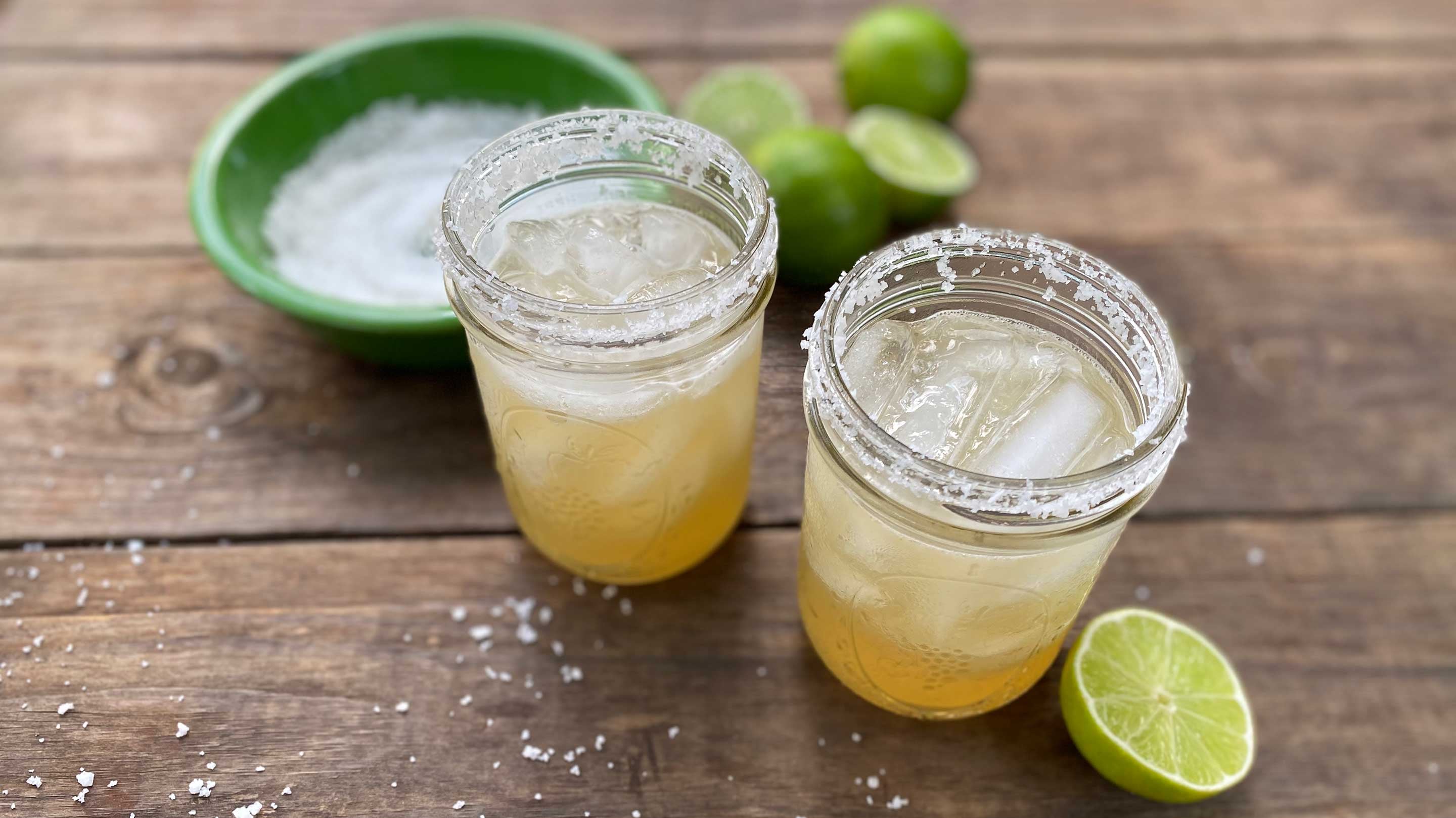Most people think Ocean Water is the same everywhere, that could not be further from the truth. There are huge differences not only in mineral composition but also in purity, bacterial content, nutrients, gases and the amount of pollutants and microplastics.
Think for a moment the impact rivers, rain and run off, seasonal precipitation, winds and evaporation, geological environments, have on the mineral composition and proximity to the coast has on the purity of surface water.
900 Years of Travel
Our specific water source comes from one of the most pristine environments on earth. It starts off in the North Atlantic Region around Greenland and as Ocean Ice freezes, the surrounding waters become more mineral rich, heavier and sink into deep ocean currents, pulling other cold water in with it. Deep Ocean Currents are driven by the weight and cold temperature of the water and travel very, very slowly. Our specific water source takes 900 years to get to Hawaii
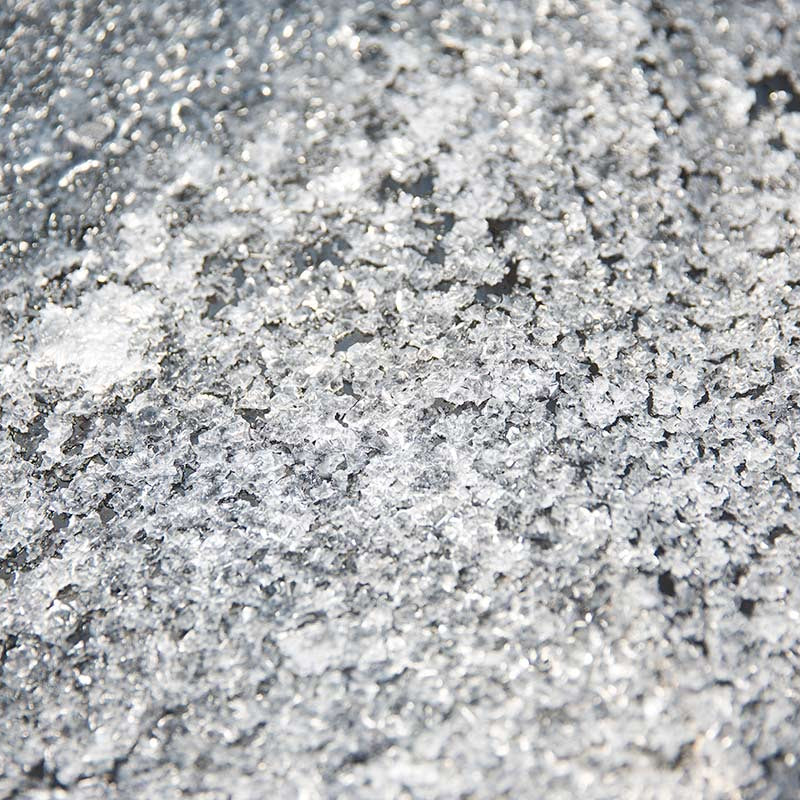
Mineral Absorption
During this centuries long travel close to the ocean floor the water continues to absorb minerals from different geological features such as hydrothermal undersea vents and volcanoes that release fluids loaded with minerals and nutrients including Magnesium, Calcium and Potassium. The high temperature and pressure in these areas dissolve the minerals into the seawater significantly increasing its mineral content.
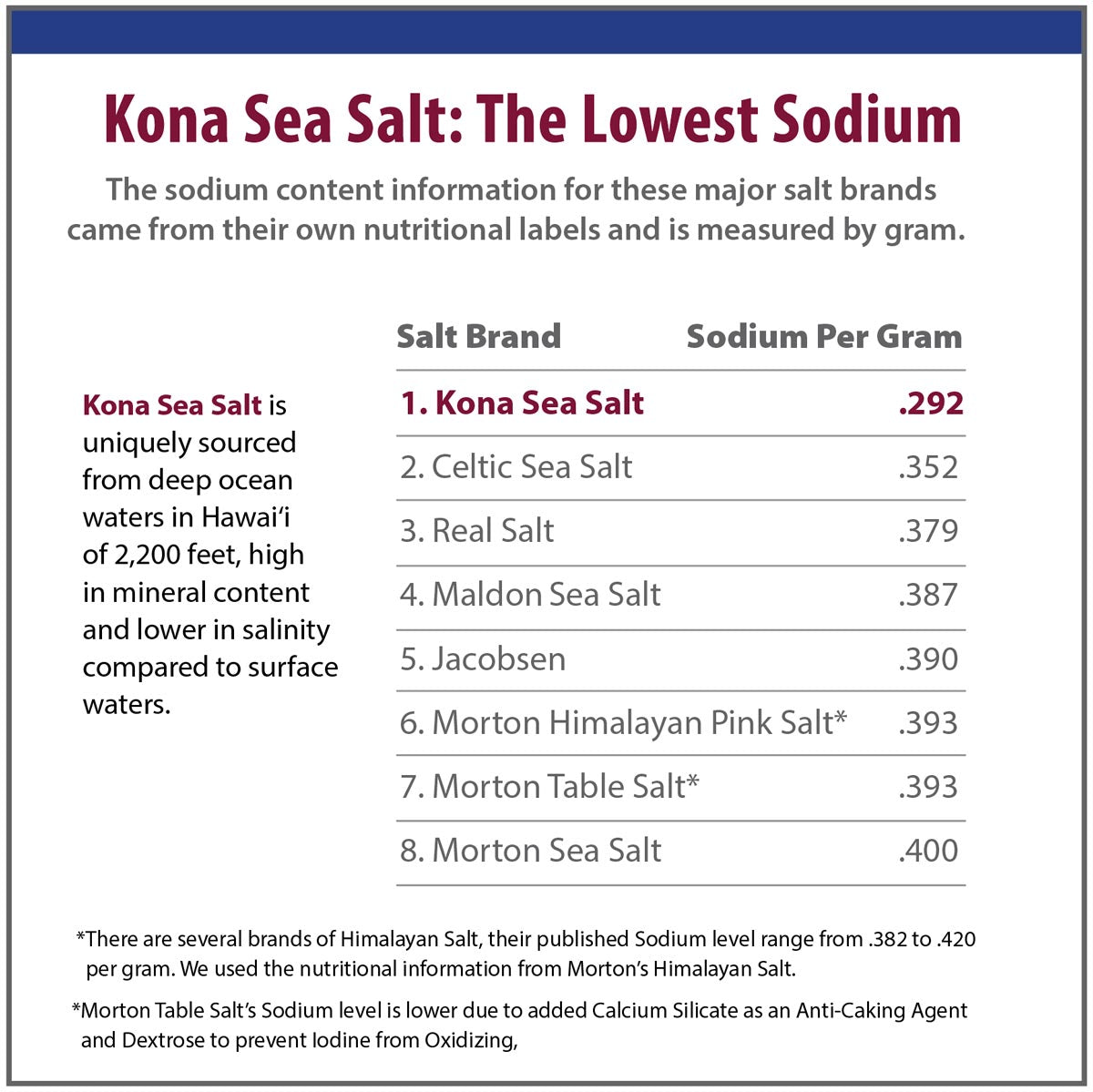
Low Sodium Content
Deep sea water improves the bioavailability of minerals because the high pressure and cold temperatures of the deep ocean keep minerals like magnesium dissolved as ions. This ionic state allows the minerals to be readily absorbed when consumed.
Having such higher mineral content in our water translates into a salt that is significantly lower in sodium compared to other Surface Water Salts.
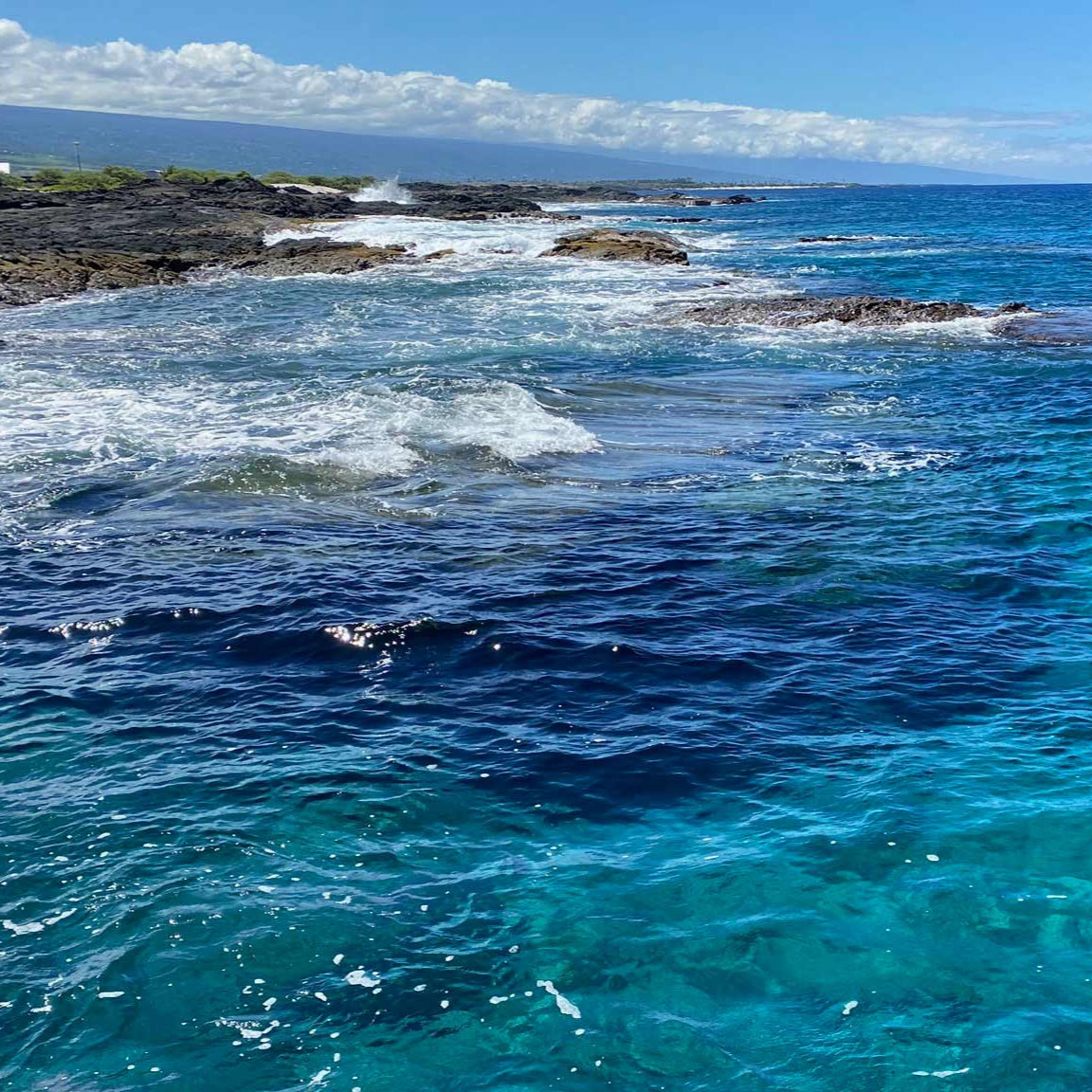
Protected from Contaminants and Bacteria
There are many great things going on in the world but if you are water, being far removed from them is not a bad thing. Water layers have different weights and do not mix along the way. Being removed from the surface for centuries also means being removed from contaminants such as urban, agricultural and industrial run off, rivers and microplastics.
In addition, in the deep ocean, the temperature is very cold (usually around 4C or 39F), the pressure is high and it's very dark. These three factors severely inhibit bacterial growth.
Lastly, once the deep ocean water makes it to shore, we put it through a 1-micron filter to remove particles, algae and bacteria while allowing minerals to pass through unchanged. We regularly test our water, salt and magnesium products through accredited laboratories checking for minerals, microbiological safety and heavy metals.
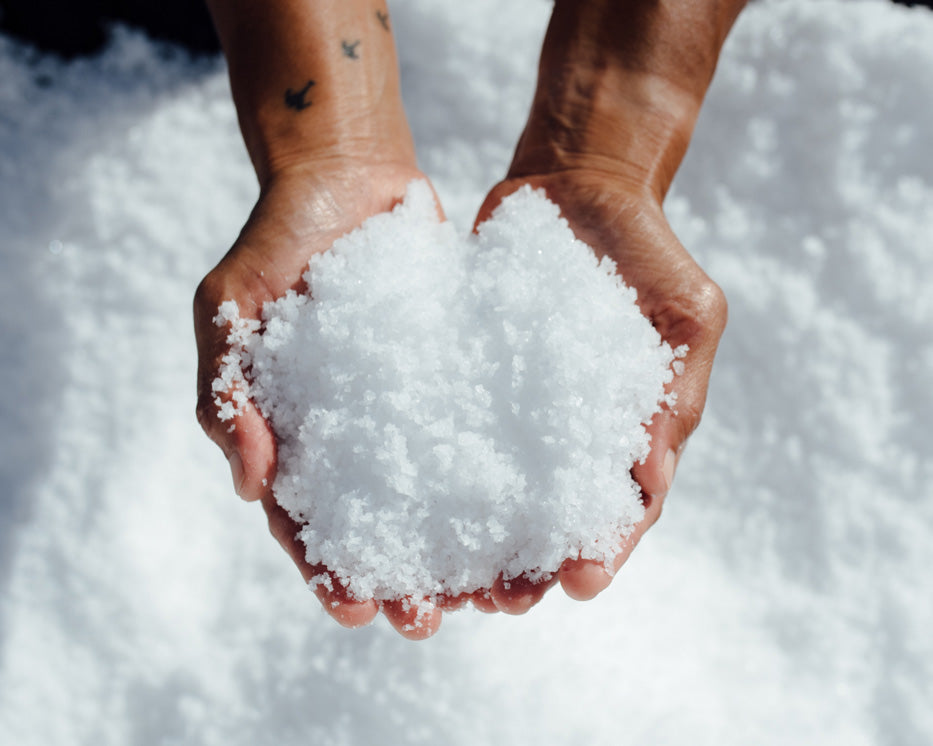
Same Quality, All the Time
Deep Sea Environments do not change much. At the surface, seasonal conditions such as rain, changing rivers, run off, winds and evaporation are constantly changing the quality of surface waters. Because our water is 2,200 feet deep, our salt’s minerals and our magnesium’s make up stay the same from batch to batch. Expert Tofu Makers and people taking Magnesium as supplement value that very much.
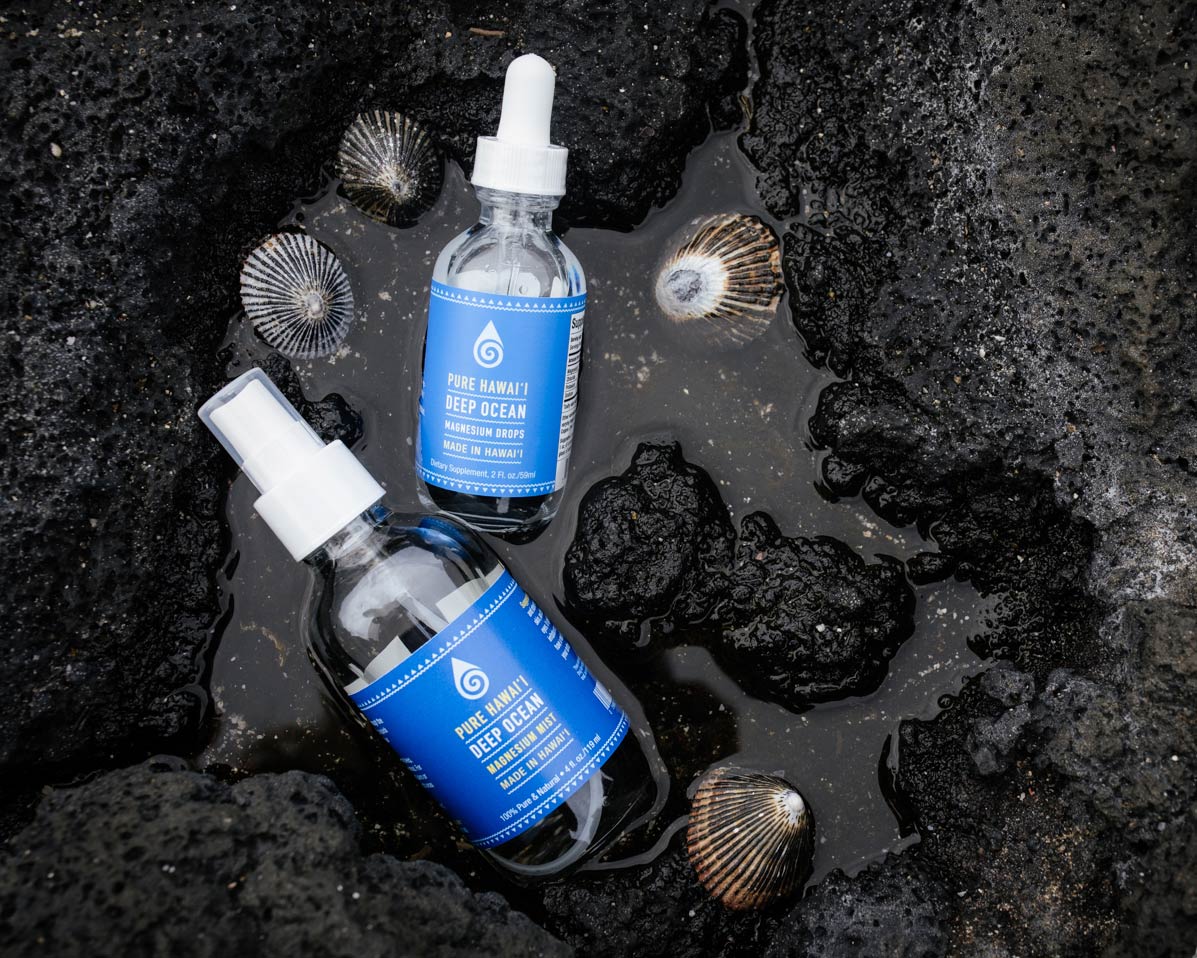
Magnesium - Deep Ocean's Treasure
Our Deep-Sea Water is especially high in Magnesium and in its ionic form. We separate our Magnesium from our salt in our natural harvesting process and it gives us another amazing product.
Magnesium has literally hundreds of functions in the human body, is great for muscle health, especially for your big one, your heart, great for relaxation and sleep, nerve, bone and muscle health and so many more. It also improves your overall feeling of wellbeing.
Our Magnesium from Deep Ocean Water is Magnesium Chloride in its ionic form meaning it is easily and fast absorbed, has one of the highest bioavailability rates and does not upset your stomach.
Deep Sea Water vs. Surface Water
- Currents: Deep Sea Water Currents are driven by Temperature and Weight and travel slowly where as Surface Water Currents are driven by seasonal and global wind patterns and the Coriolis effect.
- Purity: Deep Sea Water has been safely shielded surface and human influence often for centuries. For Surface Water, most ocean pollution tends to be at the surface.
- Consistency: Deep Sea Water's conditions are relatively unchanged by weather, seasons or human activity.
Where as conditions of Surface Water change according to seasons, precipitation, rain, runoff, wind and seasonal evaporation.
- Mineral Make Up: Deep Sea Water starts off being more mineral rich and continues to absorb minerals along its journey from geological features, the ocean floor, Deep Sea Vents, often called “Nature’s Mineral Fountains” and Underwater Volcanoes. Where as Surface Water Mineral Make Up can vary greatly according to nearby geological environments, rivers, amounts of rain and run off.
- Temperature & Light: Deep Ocean Water travels in the dark, nutrients are not taken up by photosynthesis and low temperatures inhibit growth of bacteria.
- Micro Plastics: Deep Ocean Water is practically free from microplastics. Microplastics tend to be at the surface or if they develop biofilms sink slowly to the very bottom of the sea. Surface Water can be high in microplastics depending on where the waters come from. Microplastics are ubiquitous and found everywhere but near shore water concentrations tend to be higher and most Sea Salt is made from near shore waters.
- Bacterial Contamination: Deep Ocean Water being in the cold and dark and under pressure 67 times that of surface water acts like a barrier to bacterial growth. The high pressure of the deep also is inhospitable for bacterial growth. Surface water has nutrients, energy from the sun, often warm environments and run off from the shore and human activity, they all add to the high level of bacteria commonly found in surface waters.
- Gases: Deep Ocean Water is higher in carbon dioxide and lower in oxygen. Surface Water is higher in oxygen, due to marine micro plants using surface water nutrients and sunlight, which photosynthesize and produce oxygen.
- Nutrients: Deep Sea Water is high in nutrients from organic matter. Surface Water’s nutrients are absorbed by phytoplankton and algae to carry out photosynthesis.





